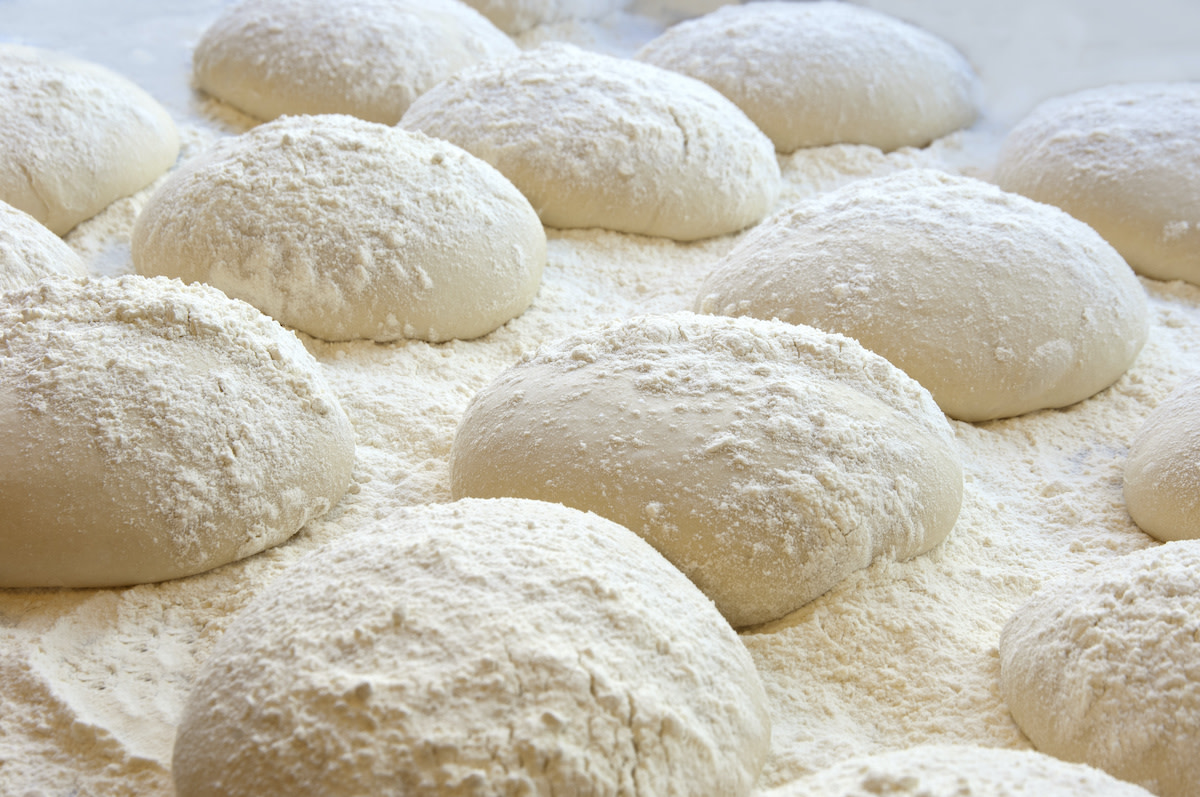00 Flour Explained: What Is 00 Flour?
Written by MasterClass
Last updated: Oct 27, 2021 • 2 min read
The secret to the tender yet stretchy pizza crust at your favorite pizzeria is probably 00 flour, a powdery fine Italian flour that you can find online or in specialty grocery stores.
Learn From the Best
What Is 00 Flour?
Double zero flour, also known as doppio zero or 00 flour, is a finely ground Italian flour commonly used to make pasta and pizza dough. In Italy and other parts of Europe, grind sizes vary from double zero to two. Double zero is the finest grind, and two is the coarsest. The term “double zero” does not refer to gluten content or the amount of protein in the flour.
In the United States, producers base flour grades on protein content. Fine flours, like cake flour or pastry flour, have low protein levels best for a delicate, moist crumb. Relatively coarser flours, like bread flour and all-purpose flour, contain more protein, and thus, more gluten.
You can find many imported types of wheat flour in tipo 00 (or type 00). Semolina (hard durum wheat), whole wheat, pastry flour, pizza flour, and high-protein flour are available with a double zero grind size. You can use these different flours for various baking needs, such as semolina for fresh pasta and pastry flour for baked goods with a fine crumb.
Why Is 00 Flour Integral to Italian Cooking?
In Italy, 00 flour is the gold standard for Neapolitan pizza—the thin, crispy-yet-flexible Italian pizza from Naples—and fresh pasta, largely due to its gluten content. The fine flour is sturdy with high elasticity for kneading and delicate enough to prevent an overly tough or rubbery texture.
Double Zero vs. All-Purpose Flour: What Are the Differences?
To better understand the differences between these 00 and AP flour types, it’s important to consider their core components:
- Wheat: Wheat is the defining factor of any bag of flour and determines the ingredient’s behavior. Producers typically make double zero flour from soft wheat, or durum wheat, while they make AP flour from a combination of hard wheat and soft wheat.
- Protein content: The protein content of all-purpose flour varies by brand and blend—anywhere from ten to twelve percent—making it a suitable option for most baked goods and bread. Bread flour comes closest to the protein content of 00 flour and can deliver a dense, stretchy chew but lacks the light, crispy tenderness of a 00 flour dough. Flours like these are high in protein and gluten, while 00 is high in protein with low gluten.
- Texture: The difference in grind size affects the hydration levels of either flour—recipes that call for baby powder-fine 00 flour require far less water than those that use AP flour. The fine nature of the 00 flour combined with the just-right protein content means a pizza crust or pasta noodle that straddles the best of both worlds: tender and toothsome with a hint of give.
Want to Learn More About Cooking?
Become a better chef with the MasterClass Annual Membership. Gain access to exclusive video lessons taught by the world’s best, including Alice Waters, Gabriela Cámara, Niki Nakayama, Chef Thomas Keller, Gordon Ramsay, Yotam Ottolenghi, Dominique Ansel, and more.
